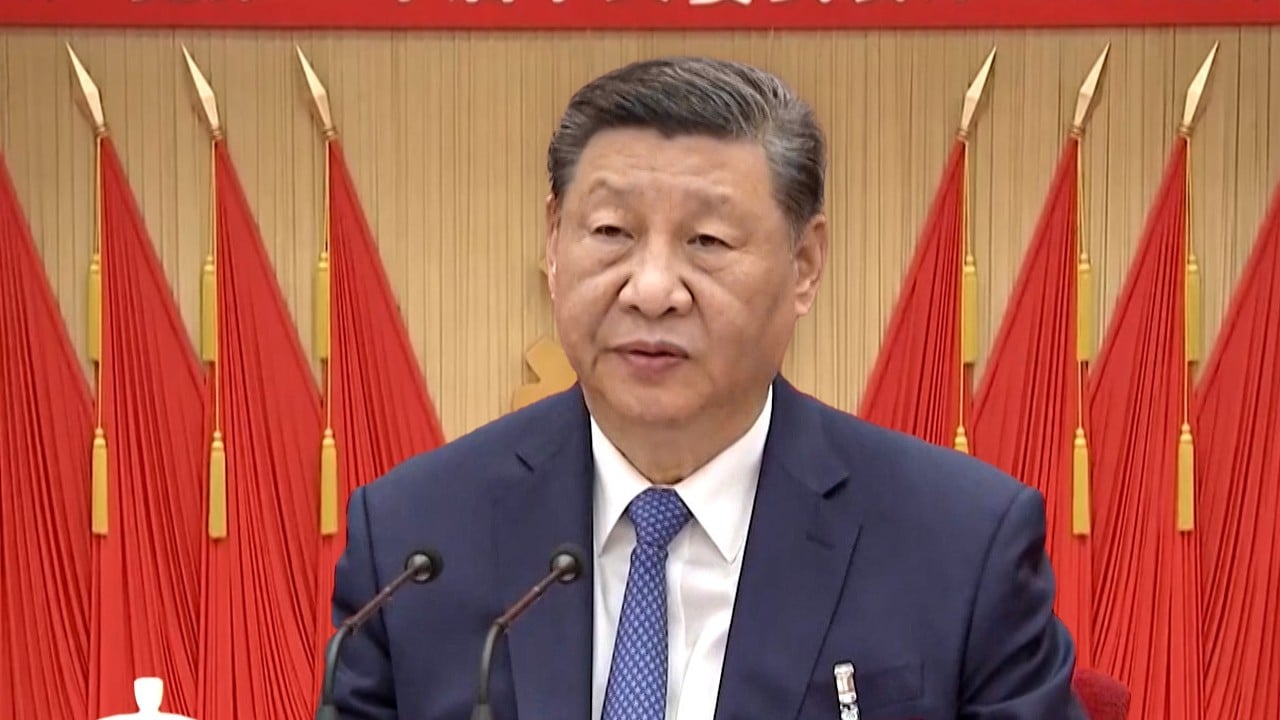Opinion | China must not repeat its mistakes in tackling overcapacity

Fuelled by massive investments – fixed-asset investment grew by 30.1 per cent in 2009 and 23.8 per cent in 2010 (year on year) – China’s economy rebounded sharply, achieving 10.6 per cent growth in 2010.
Although demand also rose quickly, supply failed to keep pace, as it takes time for new investment to translate into increased production capacity. (The duration of the lag depends on the type of investment.) This mismatch contributed to an uptick in inflation, with the consumer price index (CPI) rising by 3 per cent in 2010.
By the time CPI growth peaked at 5.4 per cent in March 2011, the Chinese government had announced that its top policy priority for the year would be to clamp down on inflation. And clamp down it did: from 2009 to 2011, China’s budget deficit-to-GDP ratio fell from 2.8 per cent to 1.1 per cent, and new credit declined from 9.6 trillion yuan to 7.5 trillion yuan.
By this point, the CPI was falling, and the producer price index was in negative territory. Under these circumstances, the typical response to surging overcapacity would have been to return to fiscal and monetary expansion to stimulate the economy. Instead, China’s government decided to continue tightening. As a result, GDP growth fell to 7.7 per cent in 2012 and has declined ever since.
With hindsight, it seems entirely possible that inflationary pressures would have subsided later even if the government had not pursued fiscal and monetary tightening in 2011, owing to the gradual formation of new production capacities.
If policymakers had pursued moderate fiscal and monetary expansion while encouraging the market to play a decisive role in eliminating sectoral overcapacity in 2012, China may well have achieved higher GDP growth rates in the ensuing years.
We cannot change the past, but we can heed its lessons to achieve a better future. In China’s case, this means implementing a more expansionary fiscal and monetary policy today.
This would help reduce “overcapacity” at the macroeconomic level, which is equivalent to “lack of effective demand”, while creating more space to eliminate overcapacity at the sectoral level – a process in which China’s government should be allowing the market to play a decisive role.
As the meeting’s communique noted, China plans to “enhance [its] capacity for opening up” its economy to the world, foster “new drivers of foreign trade” and develop, through expanded cooperation with other countries, “new institutions” to support an open global economy. As long as all parties are committed to mutually beneficial – and mutually respectful – engagement, no trade dispute is unresolvable.
Source link





